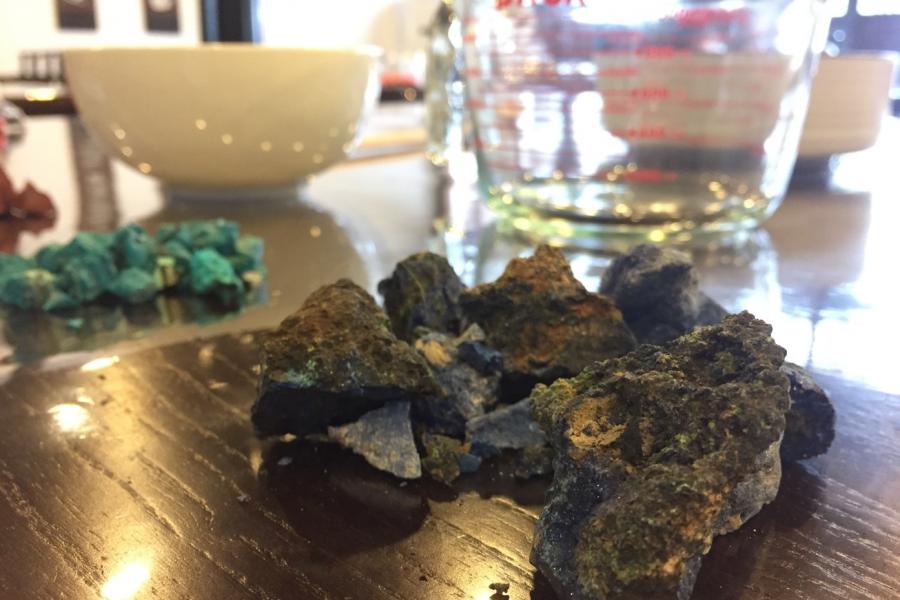Dr. David Cranswick
Dr. David Cranswick is an accomplished and award-winning artist with a MA degree in Fine Art from the Royal Academy of Art, London. He received his PhD in 1999 from Prince Charles for his practical research into Renaissance painting materials and techniques as employed by master artists from the 13th to 17th centuries.
In 1989 Dr. Cranswick was invited by Professor Keith Critchlow to run regular workshops in traditional and Renaissance painting materials and techniques to the MA and PhD students, where he continues to teach as senior tutor at The King’s Foundation School of Traditional Arts. He has taught in many Schools and establishments in London and abroad, including Dumfries House (private residence of King Charles III) and Kensington palace, London; France, Spain, Azerbaijan, China and Saudi Arabia. Dr. Cranswick lectures internationally and has taught painting and traditional craft techniques for over thirty five years.
From 1984 David served as personal apprentice to Cecil Collins until his death in 1989.
Dr. Cranswick is personal tutor to several Royalties and prominent figures, including HRH Prince Michael of Kent, Prince Albert Esiri of Nigeria, The Duchess of Richmond, Viscountess Cowdray, India Jane Birley, Victor Edelestein. He has works in royal collections (including King Charles III) also prominent establishments in the UK and abroad. 2015, Viscount and Viscountess Cowdray offered Dr. Cranswick the opportunity to have his public workshops as artist in residence from the tower room in Cowdray Castle built in 13th century where he continues to teach and exhibit many of his paintings. He has exhibited internationally since 1979.
Dr. Cranswick has received many Commissions in the UK and internationally, including Viscount and Viscountess Cowdray, the Duke and Duchess of Devonshire, The Founder of UAE, Sheikh Zayed bin Sultan Al Nahyan, Royal Commission of AlULa, Saudi Arabia.
Dr. Cranswick has appeared in television programmes and radio interviews, including BBC television on “Fake or Fortune” program, demonstrating the working methods of Johannes Vermeer (filmed at Cornelissen’s art shop); BBC television on “The One Show”, demonstrating the working methods of William Turner, filming Dr. Cranswick in his London studio; public lecture on Pigments in the light of traditional Philosophy in International Pigments Revealed Symposium; The Voice of Islamic Radio “Art of The Islamic World”.
Articles published include art magazines and newspapers, including The Guardian Newspaper, Artist and Illustrator Magazine, Midhurst and Petworth Observer. He is co author to book entitled ‘Arts and Crafts of The Islamic Lands’, in collaboration with by The King’s Foundation School of Traditional Arts, London, 2013.
Film director Freddie Hutton-Mills is currently making two major documentaries on the life and work of Dr. David Cranswick: An inquiry into the relationship between creative intelligence and artificial intelligence and its role in the modern world. The second film will be an interview with Dr. David Cranswick speaking on the nature of creativity in the light of traditional philosophy.
In his attempts to pass on his knowledge and passion for this subject, Dr. Cranswick is currently writing a book on the traditional painting practices of master renaissance artists. He is also writing a book on desert pigments in AlULa, Saudi Arabia, showing the journey of transformation from rock to paint in the light of perennial philosophy.
In 2024 Dr. Cranswick received the ‘Teaching Award’ from King Charles III for 35 years of dedicated teaching. He recently had exhibition (‘Light, Colour and The Cosmology of Pigment’)in August 2024 at The Garrison Chapel Gallery, London.

